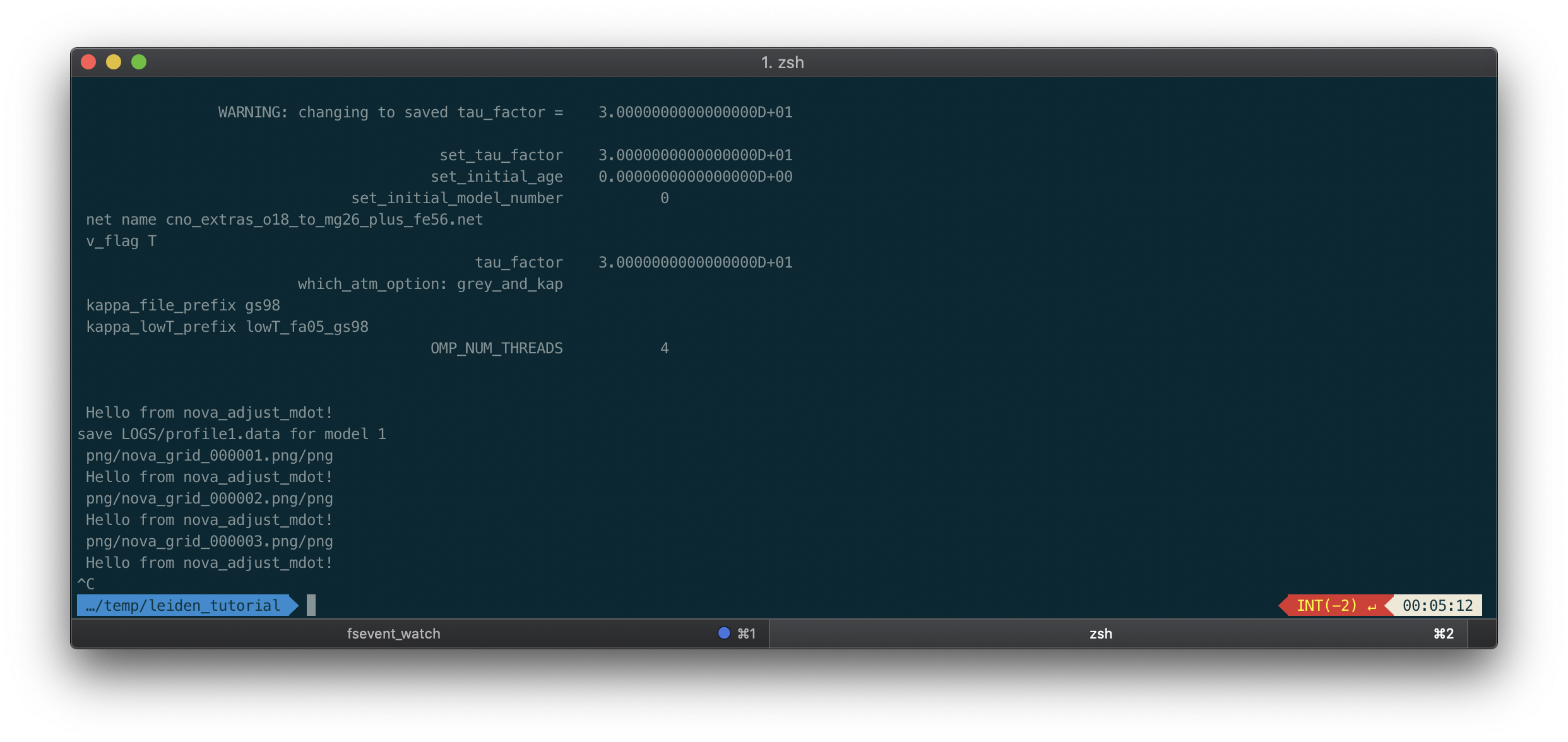Antia Mac OS
Eastman Kodak Company subsidiary Research Systems Inc. (RSI) has announced the reversal of an earlier decision to drop support for several platforms, including Mac OS X. As a result, RSI plans to continue Mac OS X development of two scientific data analysis tools.
Antia Mac Os X
Mac Accessibility features can be turned on by navigating to System Preferences and selecting the accessibility icon. For the most current guidance on Mac Accessibility features please use the links below: Accessibility features on Mac overview. Voice Control - edit text and interact with your Mac. Mac OS X & macOS names. As you can see from the list above, with the exception of the first OS X beta, all versions of the Mac operating system from 2001 to 2012 were all named after big cats.
IDL, or Interactive Data Language, is an interactive high-level language developed for analysts, scientists, engineers or anyone else that needs to perform in-depth data analysis. ENVI, the Environment for Visualizing Images, has been developed to enable earth scientists to process, analyze and display multispectral, hyperspectral, or radar remote sensing data.
RSI vice president of engineering Richard Cooke said that his company has adjusted plans based on the feedback it’s received from its own customers.
“We intend to work closely with the customer base to better understand their future platform plans so that we can make informed decisions about which platforms can be supported profitably,” said Cooke.
RSI explained that it would provide a Mac OS X-native release of IDL and ENVI that will work on Mac OS X via Tenon Intersystems’ Xtools X-Windows server and a Motif interface. According to RSI, the decision to make IDL and ENVI work through Xtools helps to reduce the company’s cost of development and support by treating Mac OS X as just another UNIX platform. The news drew kudos from Tenon president Anita Holmgren, who said her company developed Xtools expressly for work like this.
RSI said that it will offer a special pre-release version of IDL for Mac OS X during the first quarter of 2002 which will support Velocity Engine optimizations, multithreading support and support for other Mac OS X technology. A native version of ENVI will follow shortly thereafter. RSI said that a more firm date for ENVI would be available once IDL is in circulation.
For IDL 5.5 users, this announcement may indicate a good time to upgrade to Mac OS X if they haven’t already; RSI confirmed that IDL 5.5 is the last release to support Mac OS 8 and 9. RSI plans to continue to sell that version, but will not release any new versions of IDL or ENVI for older Mac operating systems.
“Furthermore, as with AIX and Tru64, there will be a corresponding modest increase in maintenance and new license prices for the Macintosh platform in order to cover the associated development and support costs,” said RSI.
Anita is a tool for automated testing ofthe NetBSD operatingsystem. Using anita, you can download a NetBSDdistribution and install it in avirtual machine in a fullyautomated fashion. It's fun to watch, and it has helped finda large number of bugs in NetBSD, as well as several bugs inqemu and other emulators.
 The virtual machine anita installs into is typically basedon qemu, but thei386 and amd64 ports of NetBSD can also be installed in aXen domU, and some ofthe more exotic NetBSD ports use gxemul or simh.
The virtual machine anita installs into is typically basedon qemu, but thei386 and amd64 ports of NetBSD can also be installed in aXen domU, and some ofthe more exotic NetBSD ports use gxemul or simh.For example, the following command will download, install, and bootNetBSD/i386 6.1.5 in a qemu virtual machine, and leave you at the login prompt:
The main focus of anita is on testing the sysinstinstallation procedure and quickly detecting regressions that causethe system to fail to install or boot, but anita is now also findinguse as a platform for testing the whole NetBSD system by running the ATF test suite. Output fromperiodic anita tests of NetBSD-current on multiple architecturescan be found on theNetBSD release engineering web pages.
Anita is written in Pythonand uses thepexpect moduleto 'screen scrape' the sysinst output over an emulated serial consoleand script the installation procedure.
The set of NetBSD ports supported by anita is growing,and currently includes the following:i386,amd64,sparc,pmax,hpcmips,evbarm-earmv7hf,evbarm-aarch64,andvax.If you know how to manually install someother NetBSD port in an emulator using a serial console,please send a full typescript of the terminal session to the anita author so that support for that port can beadded to anita.
Anita fully supports cross-installation setups wherethe machine running anita is a different architecturefrom the virtual machine being installed on. Anitahas also been successfully used to cross-installNetBSD in virtual machines hosted on operatingsystems other than NetBSD itself, includingFreeBSD, Linux, and Mac OS X.
Here's an animated screenshot of Anita 1.2 installing and booting NetBSD 4.0RC3:
For more information, see the anita(1) man page in the latestanita distribution.
Anita can be installed via pkgsrcas misc/py-anita. Releases can also be downloaded manuallyhere, and the source repository isat github.
Anita Mac Os Download
